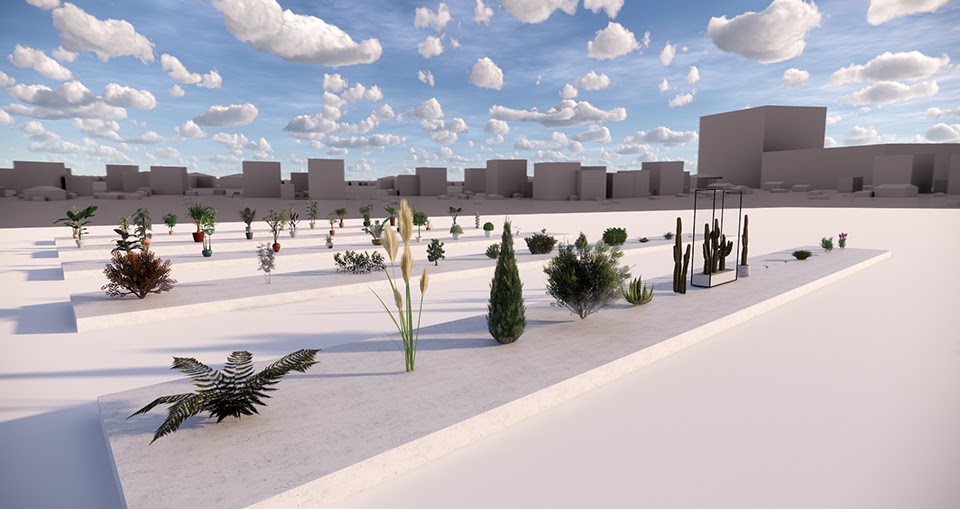
In the extended version of this tutorial which is available on our Patreon page, I’m going to show you how to use video textures in Enscape which is another new feature in version 2.9 and on top of that you will learn how to use Grasshopper to randomly scatter and modify Enscape Assets. Today, we’re going to cover how to create your own custom model libraries in Enscape based on any external 3D model you can find online. Step 4: Creating the Enscape asset Download our ‘Asset Creator’ tool here. Some of the newest features include Custom Asset Library, video textures, displacement maps and new fitness assets.

In this tutorial, we’re going to take a look at some of the latest updates and newest features for Enscape 2.9 for Rhino. If you need help adopting BIM (Building Information Modelling) or Revit in your practice, please contact Micrographics so we may be of assistance.Apply for Rhino for Architects Training ✔️ Įxtended Tutorial + Extra Project Files 👉 One can also import the assets from the external library as needed.

Then save the newly created assets to this library. Then s imply create or load the new library. To access the tools needed to create the asset library, switch out the asset. To understand how to place assets either via the respective CAD or via the Enscape Viewport. Name it by predicating it with a code that identifies your company as you will be able to filter for these assets by name later. Both variations also contain the Custom Asset Library. To create a custom asset, duplicate an existing asset. With the Appearance, Thermal, and Physical assets, if we wanted to save our custom assets out to an external library, we must do so from the asset library, and not through the material library. The Physical and Thermal Assets are not compulsory (not even available in Revit LT), but one can switch them out or copy them. It is necessary to look at t few of them to see which one would be most appropriate for our material.

This way, you can use Enscape material whenever your Revit materials aren’t sufficient for the scene. This will not completely replace the material, but only the appearance asset. The Appearance Asset is also compulsory but can be duplicated and switched out with some other Appearance Asset from the libraries. However, note that the Appearance Assets have differing properties. In Enscape Material editor, click on the three small dots next to one of the materials.

Now we learn about creating custom assets and saving them into our own custom asset library. Firstly, note that the Identity and Graphics assets are compulsory and cannot be exchanged or duplicated. We learned how to create our own custom materials and how to save them out into a custom material library.


 0 kommentar(er)
0 kommentar(er)
